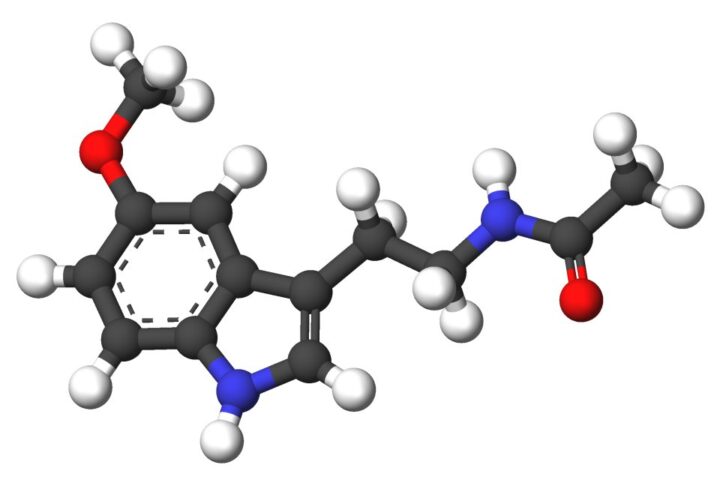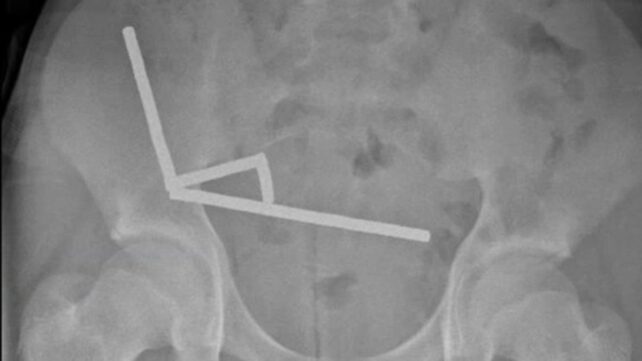Setting the Stage: Why Whole-Food Nutrient Sources Matter
Synthetic vitamins are typically isolated nutrient compounds produced industrially, sometimes in forms that are chemically identical to food vitamins and sometimes in slightly different forms. Whole-food sources provide vitamins together with fiber, fats, and many other bioactive compounds that can influence absorption and health effects. Consumers are catching on. The surge in nature-based supplements reflects growing awareness and preference for natural sources based on market trends. Plant-rich diets are linked with better long-term health and immune markers, delivering sustained energy and supporting overall wellness through comprehensive nutrition. This isn’t about nostalgia for “simple living.” It’s about measurable results that carry into work, training, and recovery, every single day.
Bioavailability Unpacked: How Plant-Derived Vitamins Excel
Bioavailability is simply your body’s efficiency in absorbing and using nutrients. However, bioavailability varies by nutrient. For some vitamins and minerals, animal or supplemental forms are more bioavailable than plant sources; for others, plant compounds and food matrices can help. Several studies show that factors like food matrix and added fat strongly influence carotenoid absorption from spinach, but results differ across experiments; simple percentage comparisons with capsules are not consistent. Research suggests polyphenols and other plant compounds can influence metabolism and health outcomes, but direct evidence that they universally increase vitamin absorption is limited and context-specific. These phytochemicals can interact with nutrient absorption and metabolism, sometimes in helpful ways. Plant foods provide complex natural matrices that can influence absorption, while modern supplement technologies can also significantly enhance bioavailability for specific nutrients.
Debunking Myths Around Synthetic Supplements
Myth one: all pills deliver identical benefits. Reality: formulation, ingredients, and co-factors dictate effectiveness. Myth two: more is automatically better. Large doses can compromise absorption and disrupt nutrient balance. Myth three: synthetic equals cost-effective with no trade-off. Daily supplements can help in deficiencies but should not replace nutrient-dense diets, and they don’t replicate whole-food benefits. Experts in nutrition science consistently echo that context affects outcomes.
Five Plant-Based Powerhouses
Spinach: Loaded with vitamin K, folate, and magnesium, plus lutein for eye health.
Blueberries: High in vitamin C and manganese, with anthocyanins that modulate inflammation.
Pumpkin seeds: Rich in zinc and vitamin E, with phytosterols that help lower LDL cholesterol, supporting cardiovascular health.
Sweet potatoes: Dense in provitamin A (beta-carotene) and fiber, which can help moderate blood-sugar responses when prepared and portioned appropriately. Cooking method significantly affects glycemic impact – boiled sweet potatoes have lower glycemic index than baked or roasted ones.
Avocado: Delivers vitamins C, E, and B6, and is rich in monounsaturated fats that help your body absorb fat-soluble nutrients from meals.
Daily Routine Hacks for Nature-Sourced Nutrients
• Prepare lunch around a dark leafy green base and add colorful produce for nutrient diversity. • Swap processed snacks for handfuls of seeds or fresh berries during mid-day slumps. • Blend morning smoothies with whole fruit, greens, and healthy fats for maximum absorption and satiety.
These tweaks anchor nutrient-dense eating without demanding culinary overhauls.
Mastering Label Reading for Quality Indicators
Third-party testing is a strong quality indicator. Organic and Non-GMO labels describe sourcing practices but don’t guarantee superior safety or effectiveness. Watch for fillers, binders, and artificial coloring that dilute value. Packaging transparency matters; credible brands reveal sourcing details and manufacturing processes. Skipping this check invites overpriced, underperforming purchases into your regimen.
Lifestyle Synergies: Sleep, Stress, Exercise and Absorption
Poor sleep and chronic stress can disrupt digestion and overall nutrient status, which may indirectly impair how well your body uses nutrients. Consistent, restorative rest recalibrates metabolism. Moderate exercise increases blood flow, which can enhance delivery of nutrients from the bloodstream to tissues. Taking meals or supplements (especially protein and carbohydrates) after workouts takes advantage of increased blood flow and muscle uptake; vitamin timing is less critical but can be combined with these meals. These details compound benefits over time.
Food and Supplement Pairings for Optimal Uptake
Pair vitamin C-rich strawberries with spinach to maximize iron absorption. Combine carrots with olive oil or another fat source to improve absorption of beta-carotene (provitamin A). Such pairings exploit natural chemical relationships, turning ordinary meals into nutrient powerhouses without adding complexity you’ll ignore after a week.
Strategic Link Integration
When choosing a supplement, opting for a natural vitamin ensures that the body recognizes and absorbs nutrients more effectively.
Other important details to look for than ‘natural vs synthetic’ are dose, chemical form, evidence for efficacy, and quality controls; bioavailability can be high for both natural and synthetic forms depending on the nutrient.
Elevate Your Wellness with Nature’s Best Offerings
Whole-food diets provide vitamins alongside fiber and phytochemicals that support overall health, while well-chosen supplements can effectively correct specific nutrient gaps. Lifestyle factors like sleep, stress management, and exercise influence how well your body uses these nutrients. Audit your pantry and pill shelf with ruthless precision. Keep what truly works in harmony with how your body is built. The future of personal vitality lies in honoring nature’s engineering, not replacing it with shortcuts.



















